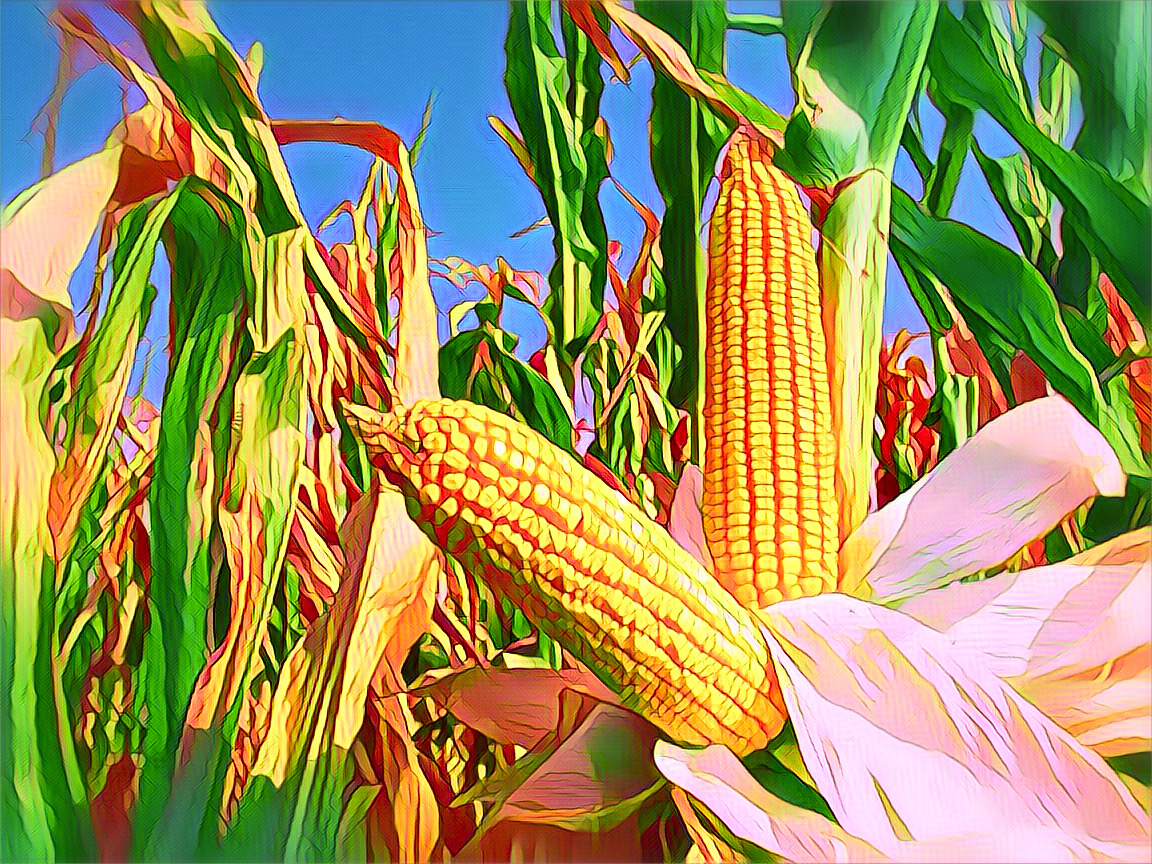Zimbabwe is facing a significant agricultural crisis, propelled by the harsh impacts of the El Niño weather pattern, prompting the nation to consider corn imports from Brazil for the first time in nearly a decade. This move comes as the country grapples with one of its most severe droughts, which has drastically reduced crop yields and pushed neighboring nations into similar distress.
The El Niño phenomenon, a periodic climatic event characterized by warming ocean temperatures in the Pacific, has led to severe dry spells across southern Africa. This year, the weather pattern has significantly reduced rainfall, leading to withered crops and diminishing food supplies. Zimbabwe has seen a devastating 60% reduction in its corn crop, while South Africa, the region’s largest corn producer, has experienced at least a 20% decline. Malawi and Zambia, along with Zimbabwe, have declared states of national disaster in response to the dire agricultural conditions.
Historically, Zimbabwe, along with Malawi and Zambia, has been relatively self-sufficient in corn production. In years with average weather conditions, these countries have not only satisfied their own demands but have occasionally had surplus supplies. However, the severity of this year’s El Niño has exhausted local reserves and made it impossible to rely on South Africa for supplementary imports, given its own reduced production.
In an attempt to mitigate the impending food shortage, Tafadzwa Musarara, chairman of Zimbabwe’s Grain Millers Association, announced plans to lead a delegation to São Paulo, Brazil. The mission’s goal is to secure an import agreement for at least 300,000 tons of maize, the term used locally for corn, which is a fundamental component of the southern African diet.
Corn, particularly white corn, is a staple food used to make traditional dishes such as pap in South Africa and sadza in Zimbabwe. The yellow variety, while also important, is primarily utilized for animal feed. Unlike yellow corn, which is more commonly traded on the international market, white corn is harder to source globally, which complicates efforts to address the food supply crisis.
The decision to import corn from Brazil, however, is fraught with economic challenges. Due to the geographic and logistical complexities involved, these imports will be considerably more expensive than buying regionally, primarily because the corn needs to be transported by sea. This factor will inevitably increase the delivery times and contribute to the inflationary pressures already burdening Zimbabwe, where the inflation rate currently stands at an alarming 55.3%.
Despite these challenges, Wandile Sihlobo, the chief economist at the Agricultural Business Chamber of South Africa, views Zimbabwe’s proactive steps positively. According to Sihlobo, securing maize supplies is crucial as regional scarcity is expected to intensify from the third quarter of this year into the first quarter of 2025.


